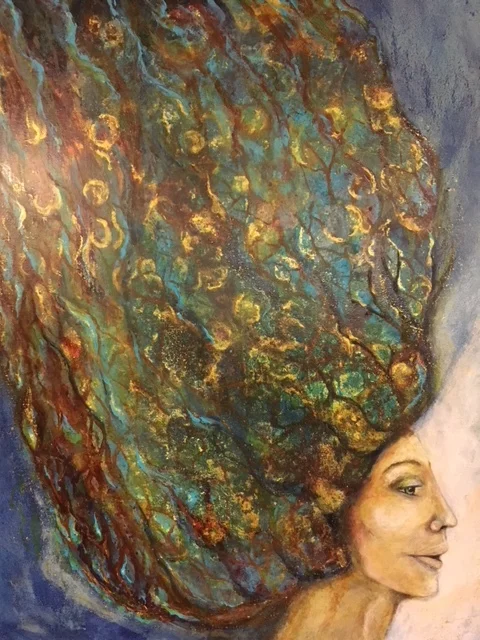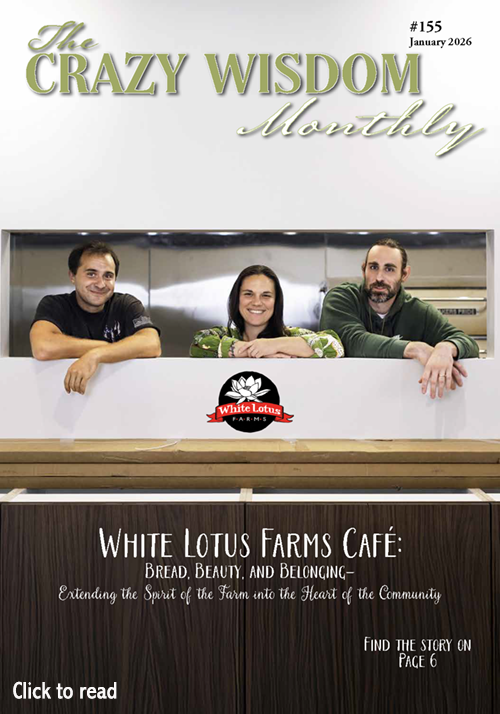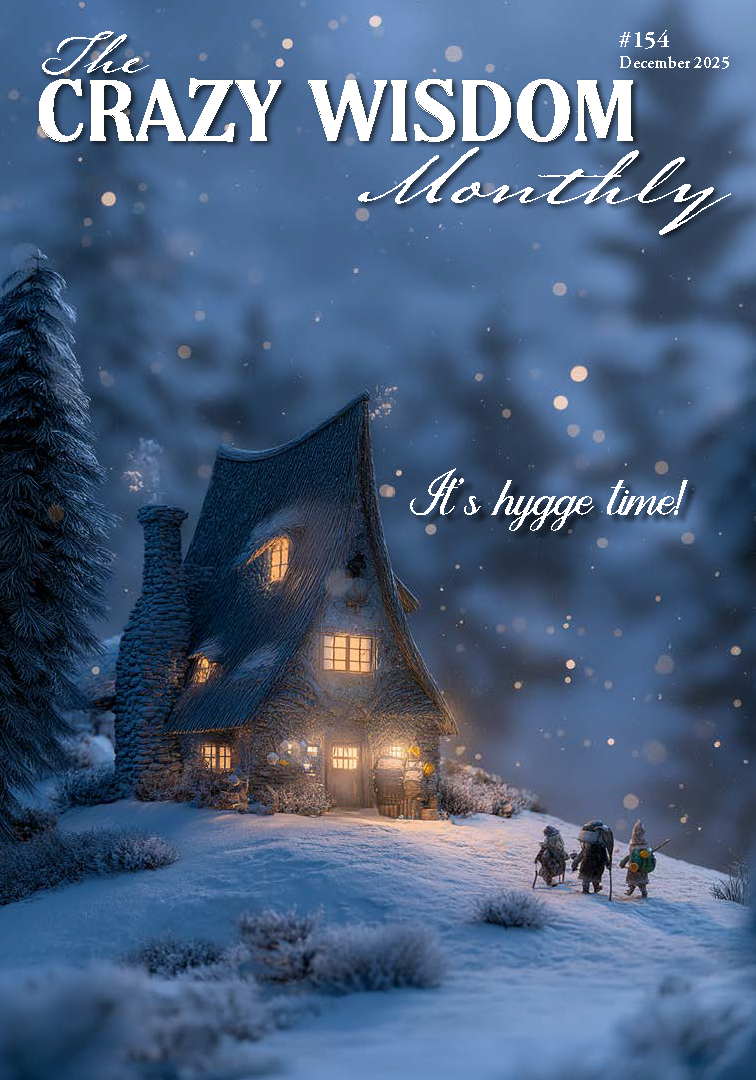by Sibel Ozer
Spring is hands down my favorite time of the year: it feels as miraculous as the birth of a new child, natural and organic, yet awe inspiring nonetheless. I love how the colors of the landscape change ever so gradually, demanding that I pay close attention if I am to notice the minute changes. I enjoy the buds even more then the blooms, because of the potential held within that fills my heart with joyful anticipation.
I have been paying close attention to our backyard for many years now, and know which tree will be the first to turn green (the little willow by the pond), which wildflowers will bloom first, how much progress the moss has made in its fight for territory over the grass. Because I am unable to convince others let alone my husband that our attachment to lawns is not the best idea, we have plenty of it in our backyard, but due to our lack of chemical warfare against Mama Nature’s preferences, moss and some clover types are beginning to make their claim. I am secretly praying that the moss take over my entire labyrinth, and it has made significant progress.
Mud Woman. This first image came to urge me to get on with joining Tree Sisters, who are women planting trees all around the world, not waiting for politicians to make better decisions.
I couldn’t say it better then Bill Heavey that “The American lawn is one of the greatest mass brainwashings of all time. How we all voluntarily signed up to spend untold hours growing and cutting a nonnative monoculture of green which we lace with poisons to kill plants and insects never ceases to amaze me”. Clearly we are not the only two who are questioning this rooted paradigm that lawns form the basis of civilized gardening, but we remain a minority even in States that don’t get half the rain Michigan does. It takes the allocation of precious water resources to maintain the folly going in other areas of the country. Our collective agreement on what is ideal, be it for gardens, women, or the human psyche in general changes historically and across cultures. Yet our draw to what we perceive as beautiful and our desire to create it everywhere around us is unwavering.
How to reconcile this natural desire to make beautiful with the ever-changing metrics of what we collectively decide defines the norm at a given time?
What I’ve learned from art therapy is that good art is that which is created from an authentic place, art that is an expression of a real experience that is embodied and felt, mostly because that is what evokes an emotional and thought provoking response in the viewer as well. We can recognize the superficial beauty of a piece, however, long to have a soulful response that goes deeper then a surface recognition of matching colors, or flawless technique. Maybe we can start listening to Mother Earth’s authentic expressions which offer plenty of beauty and variance to satisfy our souls’ needs for aesthetics after all.
Mary Reynolds was the first to bring to my attention the connection between our relationship with our gardens and our souls, even though the field of ecopsychology has long been pointing to the correlation between how we treat nature and each other, our interconnectedness. She was the youngest to win the acclaimed Chelsea Flower show through reawakening us to the gifts wild nature has to offer garden spaces. Her notoriety allowed her to create gardens mixed with wild plants in the following decades until she realized at some point that she hadn’t gone far enough. She recognized the principle problem of her creations that resembled other gardeners less fond of Mother Nature’s tendencies: namely, that they needed ongoing tending since they seemed to be at odds with what Mother Nature intended for Herself.
Reynolds writes in her The Garden Awakening that many gardens she visited felt untruthful to her, that the underlying Spirit of the Land was missing, replaced by the gardener’s personality, not allowed to be itself. She likens gardens to children who are kept tidy, encouraged to behave appropriately, obliged to put on a good face when the neighbors are visiting. She urges us into a collaborative relationship with the lands we inhabit, allowing them to have their own core truth and distinctive personalities, allowing the spirit of our places to return.
My practice of the Art of Allowing, which is a collaborative relationship between myself the artist and the art process (or the will of the artwork itself that exists as a force outside myself) reveals similar insights into the human psyche. We work very hard to change the Spirit of our Authentic/Wild beingness, trying to make it fit into artificial standards of beauty, proper behavior, acceptable self-expression. The basic problem with most designed gardens is not the ongoing need to tend to them, in order to keep the design intact given the push back from Mother Nature. It is the problem of loss of connectivity to the rest of the larger interwoven ecosystem sacrificing the many benefits that exits within biodiversity and an overall heightened aliveness.
A tree spirit reminding us that we are indeed connected to the trees at a soul level.
Not unlike our gardens, we lose our connection to the rest of Nature and all that is alive within it, when we prune our psyches of its wild elements. When we lose our connection to most of what is non-human: animals, plant beings, tree beings, stones and Mother Earth herself, we lose touch of what matters most. We end up losing touch with our aliveness as individuals fueled by this interconnectivity, and the principles that would be in the best interest of our and other species survival in the long run.
Voltaire wrote: Those that can make you believe absurdities can make you commit atrocities. This nugget of wisdom applies not only to our political affairs but also to our dealings with the natural world and our own psyche’s. We have been made to believe absurdities about how to relate to Nature, and have been committing atrocities for decades. We have been made to believe absurdities around human nature, and have been losing touch with our humanity as a result. It seems a simple thing to start our war with the weeds in our backyard with the arrival of spring, the end result of a beautiful lawn lulling us to sleep over what is really at stake. If we want the moths, hummingbirds and butterflies to visit our backyards and the bees to have a fighting chance at survival, among other factors, we might reconsider our connection to the wild/authentic nature both inside ourselves and in our gardens.




































































































































































































Some magic is small, like how the laugh of a baby can melt your heart regardless of your state of mind. Some magic is big, like when you run into an old friend in a city of 15 million people you are only visiting for a week. When the likelihood of something happening is way smaller then it not happening, it is called synchronicity.